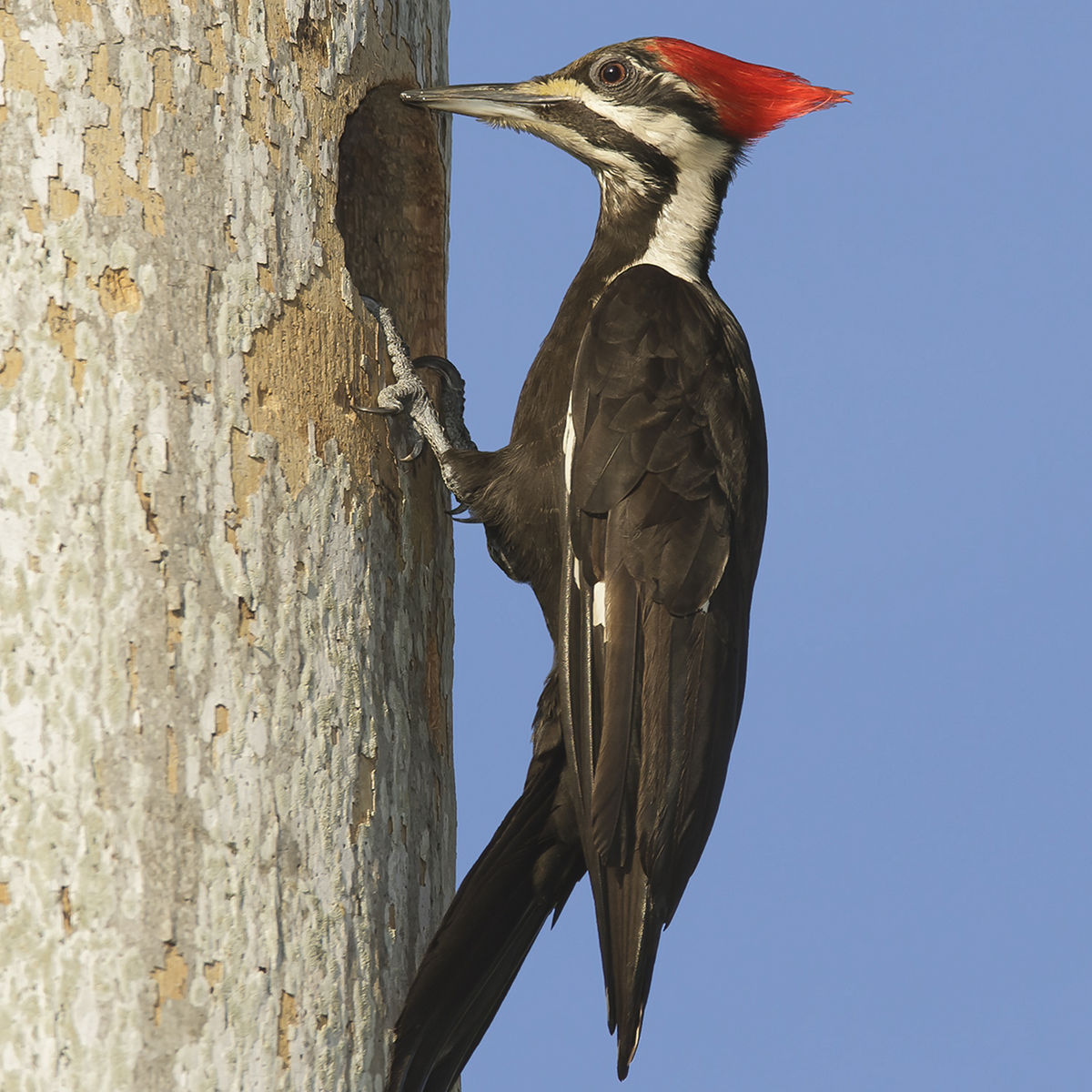Revealing the Tricks of Woodpeckers: Habits, Environment, and More
Woodpeckers, with their unique habits and specialized adaptations, have long captivated researchers and nature fanatics alike. By discovering the secrets surrounding woodpeckers' habits and habitat options, a deeper understanding of these avian wonders arises, providing a look right into their remarkable world.
Woodpecker Behavior Insights
In checking out woodpecker actions, a remarkable screen of specialized skills and adaptations arises, dropping light on their impressive ecological particular niche. Woodpeckers, recognized for their distinct drumming on trees, possess a variety of behavior characteristics that contribute to their survival and success in their setting.
Furthermore, woodpeckers display an one-of-a-kind feeding behavior defined by their ability to essence pests from tree bark using their specialized beaks. Their lengthy, barbed tongues aid in capturing target, while their strong neck muscles give stability and precision during pecking activities. This feeding strategy enables woodpeckers to gain access to covert insect larvae and extract them with impressive effectiveness.
Habitat Preferences and Selection
What elements influence the environment choices and selection of woodpeckers? Woodpeckers are very versatile birds recognized to occupy different atmospheres worldwide. They do exhibit choices for particular habitat qualities. One critical factor influencing woodpecker environment option is the availability of appropriate nesting websites. Woodpeckers usually prefer forests with a mix of mature trees that offer sufficient opportunities for dental caries excavation. These dental caries work as vital nesting and roosting websites for woodpeckers and are important for their reproducing success.
Furthermore, woodpeckers reveal a preference for environments with a plentiful supply of food sources. They are largely insectivorous, eating beetles, ants, larvae, and other pests located in worn out wood or tree bark. Woodpeckers tend to favor woody areas with a diverse insect populace to meet their dietary demands.
Furthermore, the visibility of dead or worn out trees is another vital factor in woodpecker environment choice. These trees not just offer food resources yet likewise offer appropriate substratum for tooth cavity excavation. Dead trees are vital for the maintenance of healthy woodpecker populations, as they play an essential role in the woodpeckers' life cycle and ecosystem dynamics.
Feeding Practices and Diet Regimen Make-up
Woodpeckers show a specialized feeding habits focused on foraging for pests within numerous environments. In enhancement to insects, woodpeckers also take in tree sap, fruits, nuts, and seeds, adding variety to their diet depending on the season and availability of food sources.
The foraging methods of woodpeckers are well-adapted to their arboreal lifestyle. Woodpeckers play an important duty in keeping the health of forests by look at more info managing insect populations and helping in the decay of timber.
Drumming Sounds and Communication
Using quick drumming noises on different surface areas, woodpeckers employ an unique kind of communication to signal region limits and attract mates. This drumming behavior is not only a method of communication but also acts as a method for woodpeckers to develop their presence within a particular location. The intensity, speed, and pattern of the drumming can convey essential details to other woodpeckers around.
Woodpeckers use drumming noises to reveal their presence in an area and to alert off prospective intruders. The loud and repeated nature of the drumming works as a clear signal to various other woodpeckers that the area is already asserted. This helps in minimizing problems and lessening physical conflicts between people.

Survival Adaptations and Specialized Composition

Verdict
Finally, woodpeckers display distinct behaviors, such as drumming noises Resources for interaction, and have actually specialized makeup for survival in their picked environments. Their feeding habits and diet regimen composition additionally show their flexibility to various atmospheres. By understanding these facets of woodpeckers, researchers and conservationists can better shield and protect these remarkable you could check here birds and their communities.